Our purpose and strategy
Our purpose is Helping Britain Prosper.

We continue to make progress against our ambitious commitments to change the way we operate as a business and accelerate our plans to tackle climate change.
We're making good progress against our targets.
We’ve reduced our direct carbon emissions by 52.8%, our energy consumption by 42.3%, and our water consumption by 45.1% compared to our 2018/19 baselines.
In 2024, our domestic travel emissions remained 51.3% below our 2018/19 baseline, and we continue to monitor our international travel emissions.
We also maintain focus on achieving our operational waste target, having already reduced our overall waste volumes by 74.5% against a 2014/15 baseline.

In 2024, our domestic travel emissions remained 51.3% below the 2018/19 baseline. Examples of our key activities include cycling pilots, enhancing business travel data reporting, ongoing promotion of our lift sharing platform and continuing to improve our sustainable travel infrastructure, i.e. cycle racks, electric vehicle charging points and cycle repair stations.

In 2024, our building energy consumption has reduced by 42.3% compared to our 2018/19 baseline. This was achieved through continued reduction of energy use in our properties and working alongside our supply chain to implement energy saving solutions, such as LED lighting and optimised power usage.

* With an ambition to be ‘Zero Waste’ by 2030.
In 2024, we produced 74.5% less operational waste compared to 2014/15. Key achievements in this area include installation of a Rocket Composter at our Chester office, reusing 7,024 items of office furniture, and installing new recycling stations at our Bristol office to help colleagues segregate their waste more easily.

In 2024, our water consumption was 45.1% lower than the 2018/2019 baseline. We have installed water saving taps, showers and toilets and have tested new water saving innovations. We will continue to scale up our actions to reduce water consumption across our estate and increase our focus on development of water offsetting schemes.

In 2024, our operational carbon emissions (Scope 1 and Scope 2 – measured using the market-based method) has reduced by 52.8% from the 2018/19 baseline. This has been achieved by ongoing energy reduction measures and investment, such as installing energy efficient electric heating and cooling systems and implementing new technologies identified via our call for innovation.
Achieving our goals won’t be easy, and we will need to continue investing in our buildings. We will continue expanding our use of energy efficient technology, including LED lighting and improved building controls. We will remove all use of natural gas from our estate, replacing gas boilers with low carbon heating technologies and create more sustainable branches in communities across the UK.
We will keep investing in sustainable and active travel facilities across our buildings and build on our initial scoping actions for our waste and water pledges to keep up the momentum of a productive inception year.
Additional information on all our climate pledges and our progress to date can be found in our 2024 Sustainability Report.
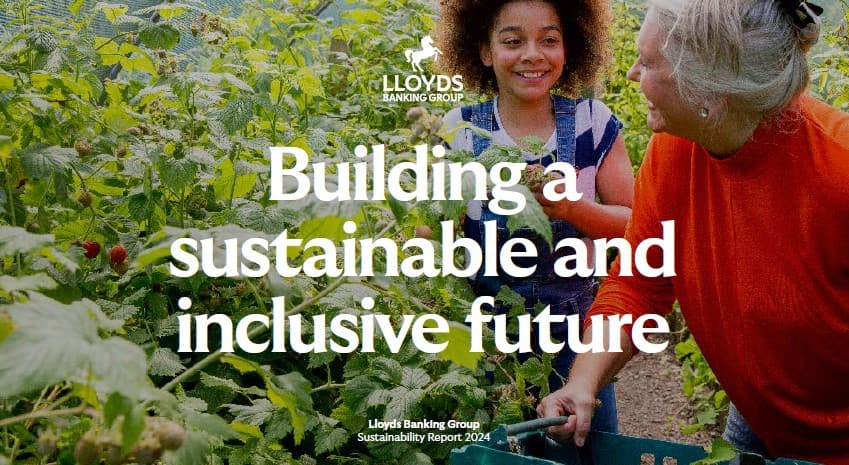
Sustainability Report 2024
This report provides an update on our progress towards the Group's sustainability ambitions, sustainable and inclusive growth opportunities for the Group and activities we are undertaking to understand our ESG-related risks. It also includes our climate transition plan.

We approached the Scottish Wildlife Trust for help in developing a site-specific habitat creation and management plan to enhance biodiversity at our main Edinburgh office.

In 2021 we refurbished our Lloyds Bank branch on London's Oxford Street to make it net zero carbon operations and create an immersive sustainability experience for our customers and colleagues.
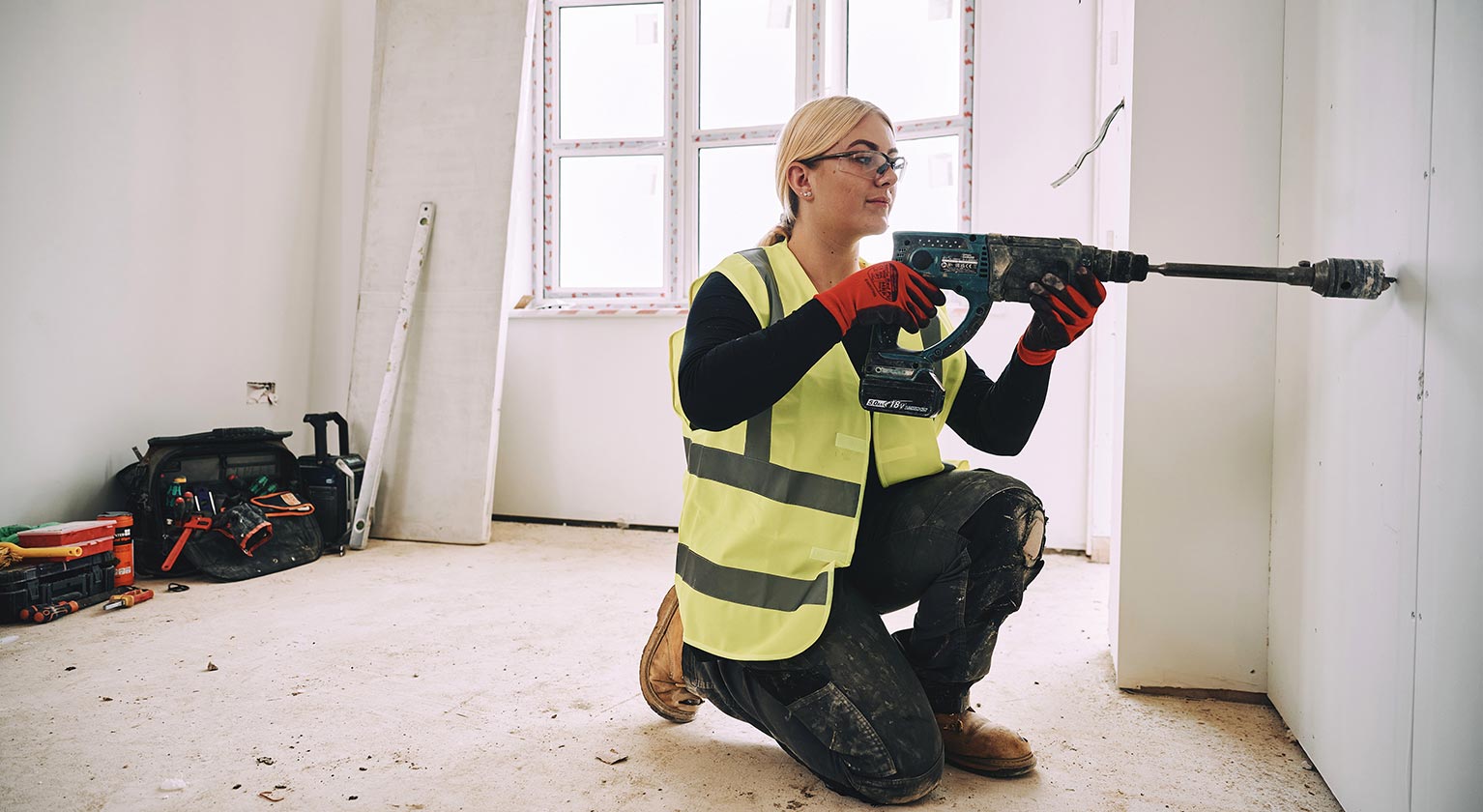
Since 2018, we have worked in partnership with Wates Smartspace, launching Dragon’s Den style events to promote the uptake of sustainable innovations in the built environment. In 2021 it evolved into a public campaign and competition to support us in achieving our operational climate pledges.
Since its inception, 14 technologies have been piloted across our offices and branches, and four of these have been rolled out more extensively across our estate. Three of the winners were also piloted by our colleagues as part of our drive to reduce homeworking emissions and raise awareness of sustainability innovation. Over 100 suppliers are now listed and publicly available through the Wates Innovation Portal.
Many of the technologies we will need to achieve our operational emissions pledges are new, so we will work closely with our partners and supply chain to innovate and accelerate progress. We have built a strong network of like-minded partners to help us work towards our operational emissions goals.
We remain a committed member of the World Green Building Council Net Zero Carbon Building initiative, and the Climate Group’s campaigns on renewable electricity (RE100), energy productivity (EP100) and electric vehicles (EV100).
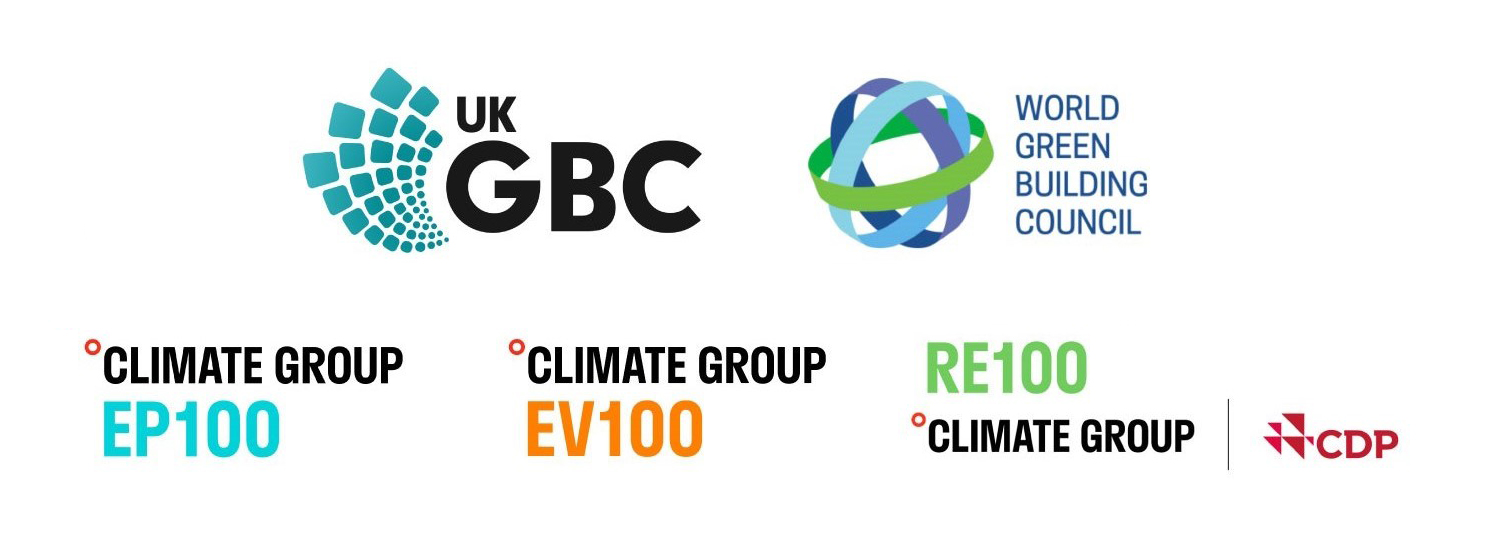
We recognise the environmental impact of the Group's demand for goods and services and the importance of working collaboratively with our suppliers to tackle climate change in a way that is aligned with our purpose.
Through our Code of Supplier Responsibility (PDF, 295KB) we expect our suppliers to:
We also encourage our suppliers to have climate change and a nature-positive approach embedded within their strategy and organisational governance.
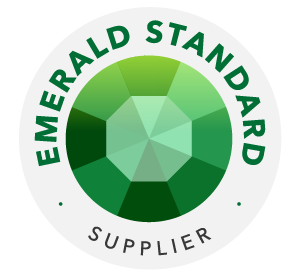
In 2022 we launched the Lloyds Banking Group Emerald Standard which, aligned to the Group's own ambition, sets clear environmental and social expectations of our suppliers that we ask them to work towards.
We continue to engage directly with suppliers who make the biggest contribution to our supply chain emissions, to understand their alignment to our Emerald Standard requirements and future plans to meet it where they fall short.
Our Emerald Standard has four elements that we’re asking our key suppliers to work towards:
We won’t ask suppliers to do anything that we’re not doing ourselves, and our Emerald Standard is just one of the ways we’re working in partnership with our supply chain to help drive progress towards a lower carbon future.
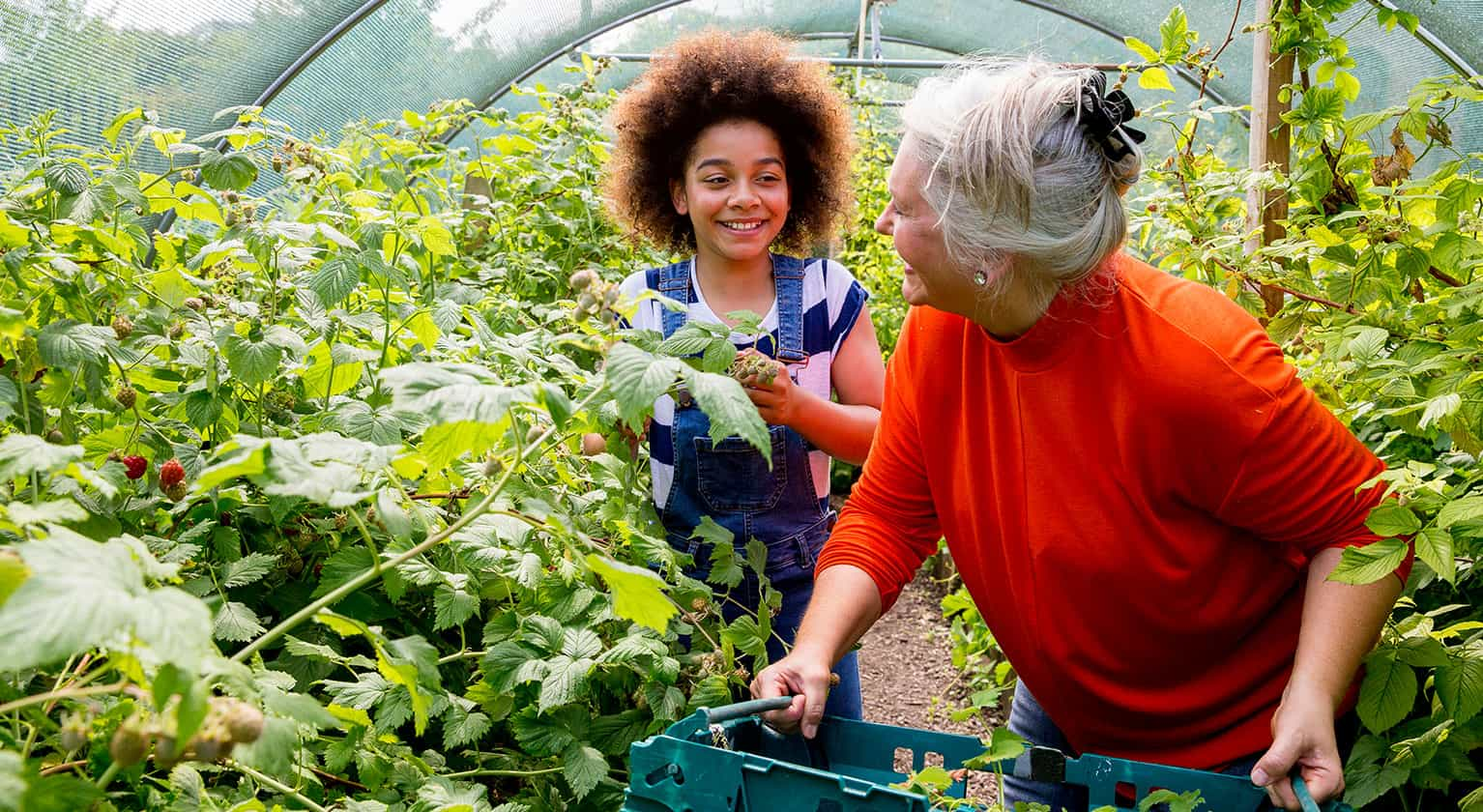
As the UK’s largest financial services provider, we have an important role to play in creating a more sustainable and inclusive future for people and businesses, by shaping finance as a force for good.
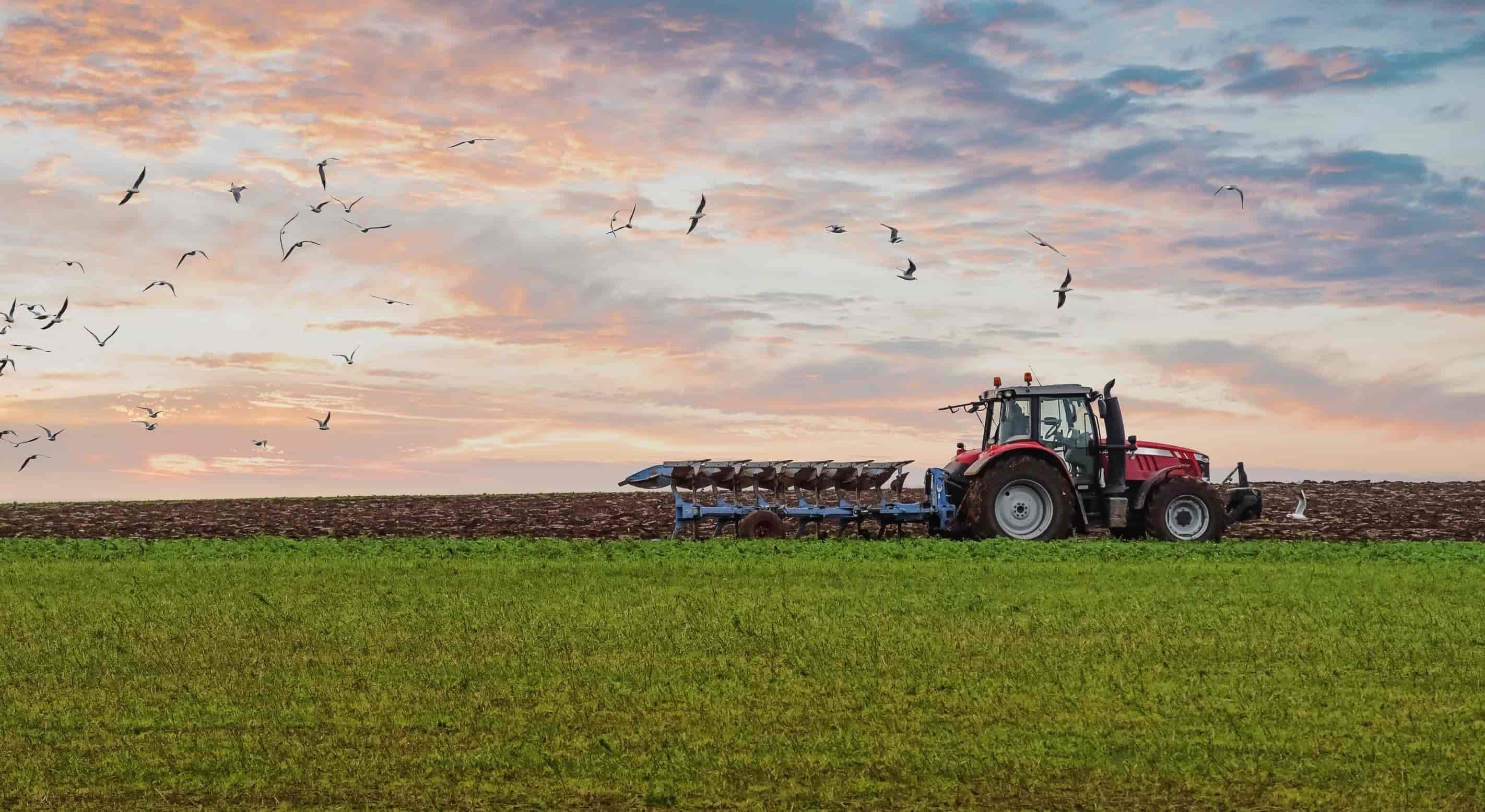
We're focussing on where we live, the energy we use, how we move and how we farm to support the transition to a more sustainable and inclusive society.

Download our Group codes, policies, reports and presentations.